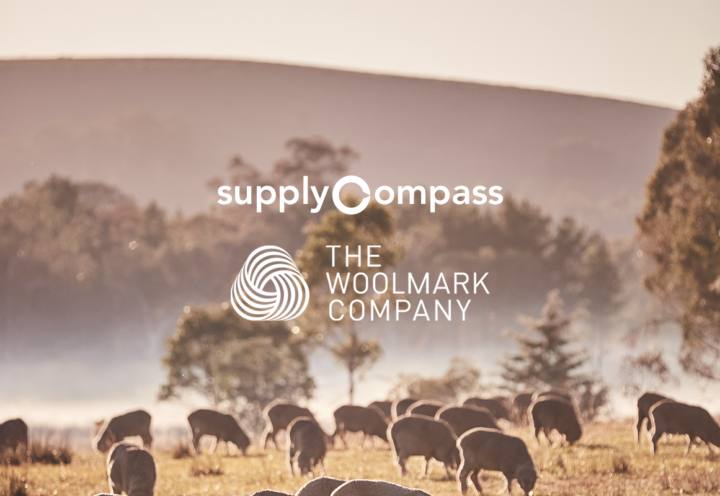
Recycled Polyester: What is rPET Fabric?
What is polyester?
Polyester is a manmade fibre, synthesized from petrochemical products by a process called polymerization. Polyester is derived from crude oil petroleum and is a non- renewable resource. It is processed through a system called ‘cracking’ which treats the petroleum though intensive heating and cooling, fuel, solvents, pressure and catalysts to break down the molecular structure.
Once polymerized, polyethylene terephthalate PET (think water bottles) is created in a liquid form. This liquid can then be extruded, dried and chopped into small pellets and is ready to be melt spun through industrial spinnerets. Once cooled and hardened, it forms a polyester yarn that can then be woven into a textile. Although most sources of polyester are petroleum-based, some alternatives include recycled plastic (most commonly referred to as rPET), or bio-based polyester from agricultural crops or waste.
Recycled Polyester
Polyester can be either mechanically or chemically recycled using pre or post-consumer waste. However, according to the Textile Exchange Preferred Fibre Materials Report 2017, only 7% of all polyester used is recycled. When chemically recycled, the PET flakes are broken down into the base chemical molecule, which then goes back into the original polyester manufacturing system.
The most common form of recycled polyester is known as rPET, which comes from discarded clear plastic bottles instead of raw petrochemicals. Polyester fabric recycling, where the actual polyester yarn is recycled, is less common. In this case, polyester scraps and textiles are broken down into fibre components that can then be spun into the recycled yarns.
The rPET Recycled Polyester Process
|
|
|
|
|
|
It is estimated that in 2016 2.9 billion plastic bottles were diverted from landfills to be recycled back into polyester yarns.
Learn more about polyester by downloading our free Sustainable Polyester Guide
Aly is a footwear and accessories designer with a particular interest in sustainable and ethical fashion. She graduated as valedictorian graduate from London College of Fashion with a specialised focus on disassembly and circularity within footwear design. Aly has experience working with both leathers and non-leathers and works closely with factories in Europe. Since graduating she has worked for Stella McCartney, Two Degrees, McQ Alexander McQueen and Ganni.
More on our blog
In Conversation With Queen of Raw: Webinar Recap
We recently hosted a webinar with Stephanie Benedetto, Co-Founder of Queen of Raw, an NYC-based technology company with a marketplace solution that matches fashion organizations looking to offload excess fabrics with buyers interested in high quality sustainable and affordable textiles.
5 min read
SupplyCompass Partners with The Woolmark Company to Launch Wool Supply Chains and Guide
We’re thrilled to announce our partnership with The Woolmark Company, the global authority on wool. Together, we are setting up trusted wool supply chains through a phased roll-out, as well as launching a wool guide to help brands launch new categories of wool products.
The Latest Innovations in Wool
Think you know wool? Think again. These innovative product developments will change the way you work with wool. From innovations reducing the impact of end products, to driving the adoption of cleaner process and technologies within the supply chain, this is Merino wool, but not as you know it.
6 mins
Get started with our platform
Let’s stay
in touch!
Everything you need to know about sustainable supply chains, including industry news and product updates, delivered straight to your inbox.
 1. Selection
1. Selection 2. Cleaning
2. Cleaning 3. Shredding
3. Shredding 4. Processing
4. Processing 5. Melting
5. Melting 6. Yarn
6. Yarn


